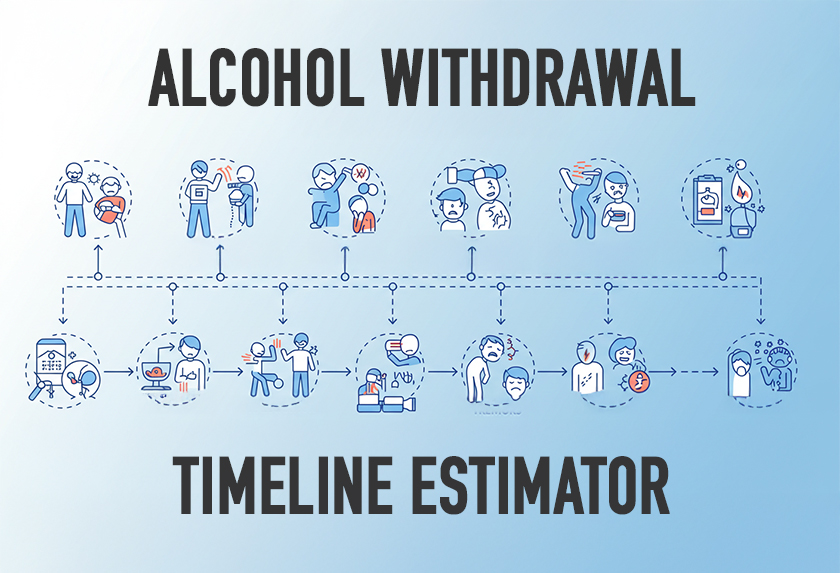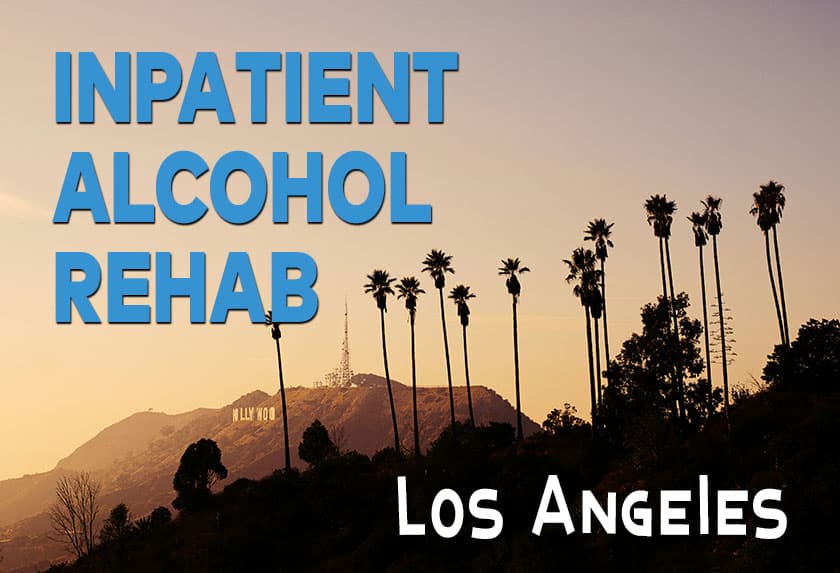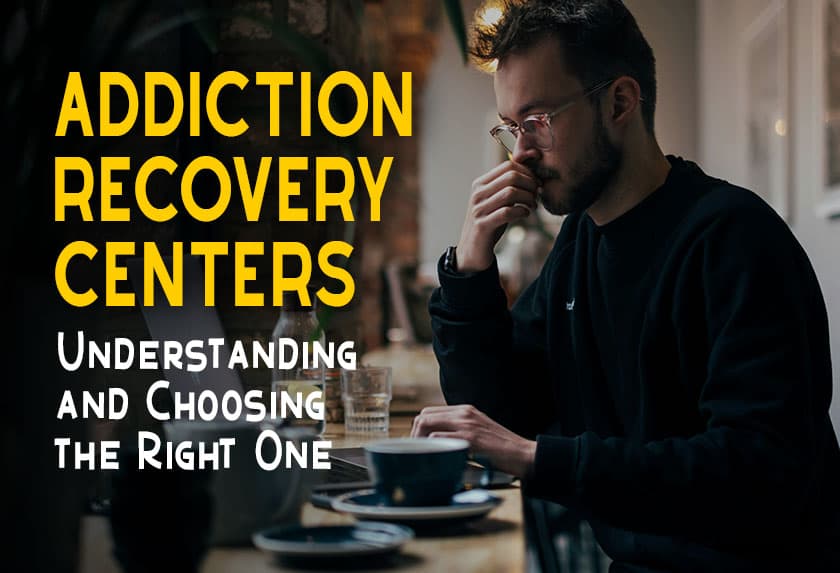Whether we like to admit it or not, fashion sways our viewpoints. How we feel about ourselves and others is sometimes influenced by emerging trends or nostalgic resurgences of the past. But while fashion is meant to convey optimism, this is not always the case. The pendulum of fashion, at times, swings dramatically between ecstatic fun and unnecessary distress.
While most people love to flaunt and run with the latest in fashion, sometimes looking chic can carry a hefty price tag with your health as the currency. Case in point: the harmful resurgence of the “heroin chic” trend from two decades ago.
“Heroin chic” is a toxic term that describes a mid-90s fashion trend inspired by the ultra-thin, pale, and strung-out look that characterizes heroin users. The trend was an epidemic of sorts back in the 90s. Unfortunately, some recent publications and celebrity trends suggest that the harmful heroin chic look is creeping back into fashion conversations.
As an addiction treatment and detox center, we’re concerned about the health implications of the heroin chic trend. We argue that nothing good can come from idealizing features associated with heroin abuse. Along the same lines, adopting unhealthy behaviors to achieve a super-skinny body can be incredibly harmful.
Chemical dependency and eating disorders can be debilitating with wide-reaching repercussions. For this reason, we believe the heroin chic fashion trend must be nipped in the bud before it explodes into a public health issue.
The History of Heroin Chic
In the late 80s and the 90s, healthy figures were the “in” thing in the modeling world—with personalities like Elle Macpherson, Cindy Crawford, and Claudia Schiffer proudly sashaying the vivacious look.
But for some ´misguided’ reason, a section of the fashion industry started leaning towards the dangerous heroin chic look that glorified skinniness and drug use. As a 1996 article by The Buffalo News puts it, “Models who look as if they’re in a drug-induced stupor are a hot item on fashion runways and in magazines…Some call it ‘heroin chic.’ The idea is to look as if you have been up partying all night or are possibly on the verge of passing out.”
A 1997 New York Times publication by Alanna Nash notes that the heroin chic aesthetic was largely inspired by American supermodel Gia Carangi. As the poster child for the trend, Carangi was known for her strung-out appearance, sucked-in features, waifish figure, and love for the club scene. She also struggled with heroin addiction—a dependency that would send her career tumbling until her death from HIV/AIDS aged 26.
The heroin chic style emerged at a time when the public image and stigma surrounding the use of heroin was softening amid increased purity, lower prices, and romanticization of heroin use in the entertainment and fashion industries.
The public was consistently fed images of super-skinned models during this time. Some of the figures that are believed to have perpetuated the unhealthy trend include the British Kate Moss, who was famously quoted saying, “Nothing tastes as good as skinny feels.”
Everything from billboards to glossies seemed to push the idea that women had to be thin to be chic—potentially making anorexia aspirational. Anorexia is an eating disorder that is characterized by fear of gaining weight, relentless pursuit of thinness, severe calorie restriction, and abnormally low body weight.
At the height of the heroin chic trend, U.S. president Bill Clinton condemned it, saying, “You do not need to glamourize addiction to sell clothes,” he remarked. “The glorification of heroin is not creative; it’s destructive. It’s not beautiful; it’s ugly. And this is not about art; it’s about life and death. And glorifying death is not good for any society.”
Fortunately, a combination of increased awareness of the dangers of drug addiction and the rise of the body positivity movement meant that heroin chic faded into oblivion (or so we thought). At its core, the body positivity movement is based on the idea that it’s unacceptable to perpetuate unattainable body standards or promote behaviors linked to skinny worshipping, such as unhealthy dieting.
An Unwelcomed Resurgence
On November 2, 2022, an article was published by the reputed New York Post with the headline reading “Bye-bye booty: Heroin chic is back.” The controversial piece highlighted a growing obsession for skinnies in the fashion industry and Hollywood.
“The skinnies sashaying down the runway are a drastic shift from the ‘slim thick’ and body positivity that had been in vogue in recent years with womanly ambassadors such as Lizzo and Megan Thee Stallion putting their full bodies on display,” Adriana Diaz writes.
The article references supermodels Lila Moss (Kate Moss’ daughter), Bella Hadid, and Kaia Gerber as some of the public figures evoking the 90s skinny trend. The writer also notes how the Kardashians appear to be turning away from curvy physiques in favor of more svelte bodies.
This comes after Kim Kardashian shared how she adopted extreme dieting and shed 16 pounds in 3 weeks just to fit into Marilyn Monroe’s dress for the Met Gala. She is quoted saying, “It’s gonna be really hard and I have to eat so clean and so perfect and cut out sugar, which is so hard for me.”
The article by the New York Post has since received backlash for framing body types as a sort of trend. For example, British actress and TV presenter Jameela Jamil posted a response on Instagram, saying, “There is nothing *chic* about a deadly drug addiction that makes you so thin because you’re slowly dying. So bored of this huge underestimation of our right to be happy with ourselves. Why must we be coerced into constant extremes? I PROPOSE HAPPINESS CHIC.”
Jameela followed up with another post reiterating, “OUR BODIES ARE NOT TRENDS. SAY IT WITH ME. I’m starting Not Hungry Chic. Happy Chic. Fuck off Chic? Anything but this.”
Why is the Resurgence of Heroin Chic a Concern for Public Health?
‘Heroin’ and ‘chic’ are words that should never be mentioned in the same breath. There is nothing chic about heroin. Implying that there it’s fashionable to look like a heroin user is severely misleading and utterly dangerous. Here’s why:
Reason #1 – Risk of Eating Disorders
The National Institute of Mental Health (NIMH) describes eating disorders as “serious and sometimes fatal illnesses that cause severe disturbances to a person’s eating behaviors.” This may be associated with unhealthy obsessions with shape, body weight, and food.
Now, what is the link between unhealthy trends like heroin chic and eating disorders? According to a 2015 study published in the Journal of Child Psychology and Psychiatry, some of the potential causes of eating disorders include cultural preferences for emaciation, exposure to media promoting the standards, personality traits, and perceived pressures to be scrawny.
With this in mind, the link between heroin chic and eating disorders is rather clear. A desire to achieve the ultra-thin standard—as perpetuated by media and the fashion industry—may encourage unhealthy dieting behaviors that could contribute to eating disorders.
Despite making strides in discouraging dangerously thin models and instead promoting body size inclusivity, a 2022 study published in The European Eating Disorders Review found that many fashion models remain extraordinarily thin. And considering we live in an age of social media where people can easily follow the daily lives of these fashion models, there’s reason to be concerned when trends like heroin chic start finding their way into mainstream conversations.
The next question is: why should we be concerned about the risk of eating disorders?
The National Association of Anorexia Nervosa and Associated Disorders (ANAD) reports that nearly 29 million Americans experience an eating disorder in their lifetime. This is a huge concern for several reasons, including:
- It is estimated that more than 1 in 4 people with eating disorders is at risk of attempting suicide.
- 1 person dies every 52 minutes from an eating disorder—which is second only to opioid overdose (including heroin).
- Around 8 in 10 children aged ten are afraid of being fat.
- As many as 57% of adolescent girls use diet pills, self-induced vomiting, laxative, and crash dieting to control their weight.
The statistics show that toxic trends that promote unhealthy relationships with food or intensify the phenomenon of body dissatisfaction can cause tremendous harm.
If you have an eating disorder, it’s essential to identify the condition early to improve the success of your recovery. This starts with being aware of the common warning signs. According to the National Eating Disorders Association (NEDA), some behavioral and emotional symptoms of anorexia include:
- Skipping meals
- Frequently assessing your size, body weight, and shape for perceived flaws
- Developing food rituals, such as preventing different foods from touching or only eating in a particular order
- Social withdrawal and a feeling of discomfort eating around other people
- Engaging in exercise to burn off calories consumed and manage weight
- Inducing vomiting
- Using diet pills, laxatives, and diuretics
- Irritability, mood swings, and depressive symptoms
- Cooking for others but refraining from eating
- Having an intense fear of adding weight
- Denying the possibility of being underweight
- Denying feeling hungry
- Obsessively talking about being overweight or getting thinner
- Restricting entire categories of foods
If these signs and symptoms of eating disorders resonate with you, it’s highlight advisable to consult a healthcare professional for help. Healthy eating habits are essential for overall health.
Remember, you should be more concerned about your nutritional intake than conforming to misguide trends.
Reason #2 – The Heroin Threat
First things first: It’s important to understand that not all models and fashionistas who embody the controversial aesthetic use(d) heroin. Heroin chic has more about the resemblance of the style to a heroin user—and little to do with implying the use of the addictive opioid.
Heroin chic models were skinny from extreme calorie restriction, were pale, had stringy hair, appeared unkempt, and had dark eye circles from excessive partying. While heroin is not necessarily responsible for these characteristics, its use sets the stage for the look.
But whether the style is attained from drug use or not, the wording and inspiration behind heroin chic is a red flag. It poses the risk of normalizing heroin—especially considering young people are vulnerable to pressures surrounding alcohol and substance abuse.
Heroin is a hard drug whose adverse effects, including the risk of addiction, are well known. The society holds a negative perception of opioids, which in part helps deter people from using them. This is in contrast to alcohol or the increasingly popular marijuana that is more socially accepted. (Please keep in mind that just because a drug is popular does not mean it is less harmful)
According to results from the National Survey on Drug Use and Health by the Substance Abuse and Mental Health Services Administration (SAMHSA), drugs that are perceived as “socially accepted” were more widely used in the past month. This includes alcohol (139.8 million), tobacco (58.8 million), marijuana (27.2 million), and pain reliever misuse (2.9 million). In contrast, drugs that are largely looked down upon had significantly lower usage —with heroin recording 354,000 users.
Why does the social perception of heroin matter?
A resurgence of the heroin chic style carries the risk of softening the perception of heroin in the eyes of fashion-forward individuals. People might start to see heroin use as a trendy or cool habit. And considering heroin is highly addictive and binds rapidly to opioid receptors, we might see a rise in heroin abuse, addiction, and fatal overdose.
In other words, glorifying the heroin chic style is like toying with another opioid epidemic. Dangerous drugs like heroin must be treated as such. The insinuation of their use should never cross into pop culture for any reason. It only takes a spark to light a fire.
Heroin Chic Should Not Have a Place in Society
Nostalgic trends from the ‘90s and Y2K may be making a comeback in the fashion industry, but that does not mean we should make allowances for questionable looks like heroin chic.
The last time the heroin chic style was a thing, it left an ugly stain on the fashion industry. It showed us that looks can kill. Heroin use and eating disorders are individually incredibly dangerous health issues with tragic outcomes. And when put together—as the heroin chic style is doing—the repercussion can be devastating now and in the future.
For help with addiction to heroin, opioids, or any other substances, reach out to Revive Detox today. We offer detox services and comprehensive treatment programs to help anyone struggling with drug or alcohol addiction.






